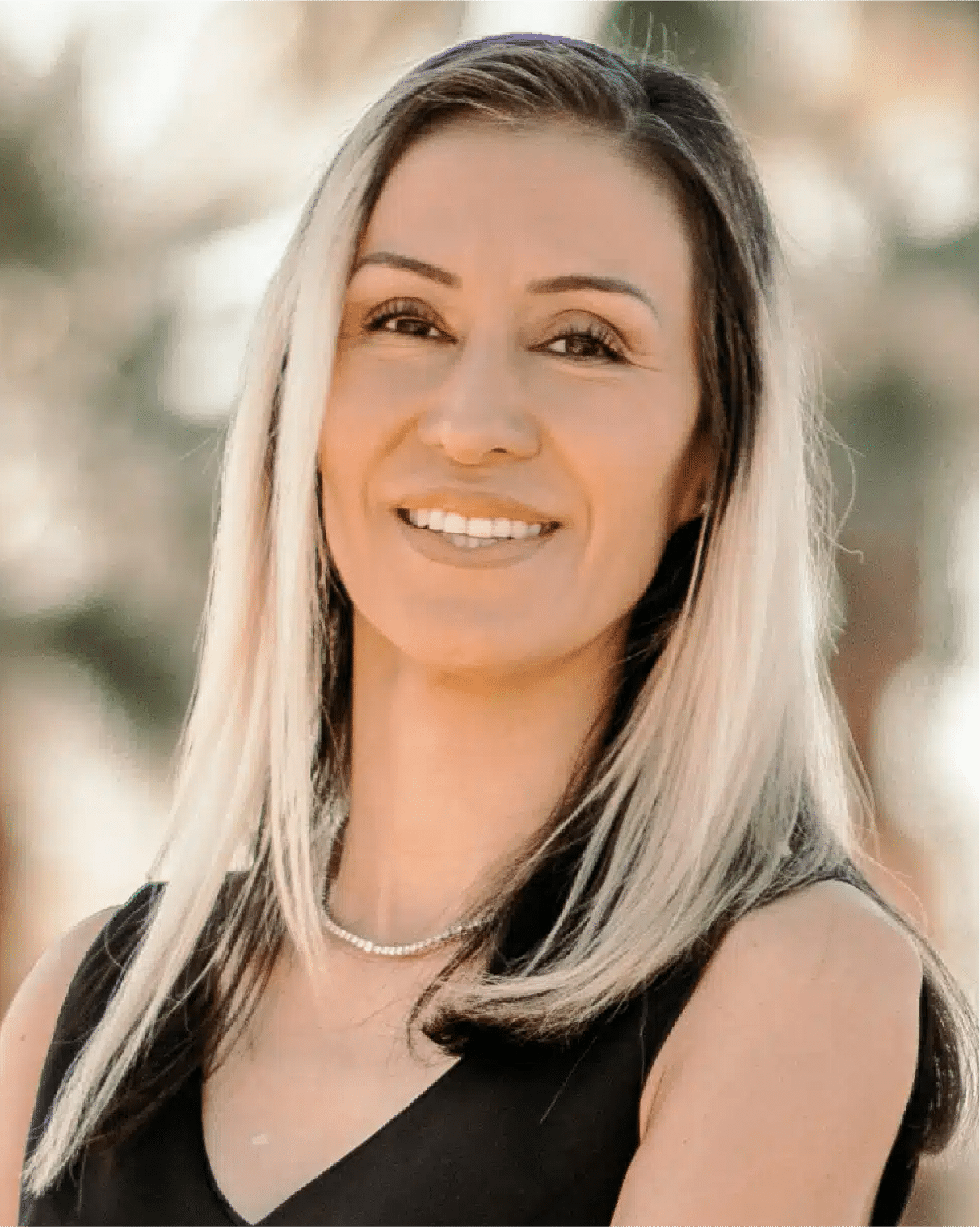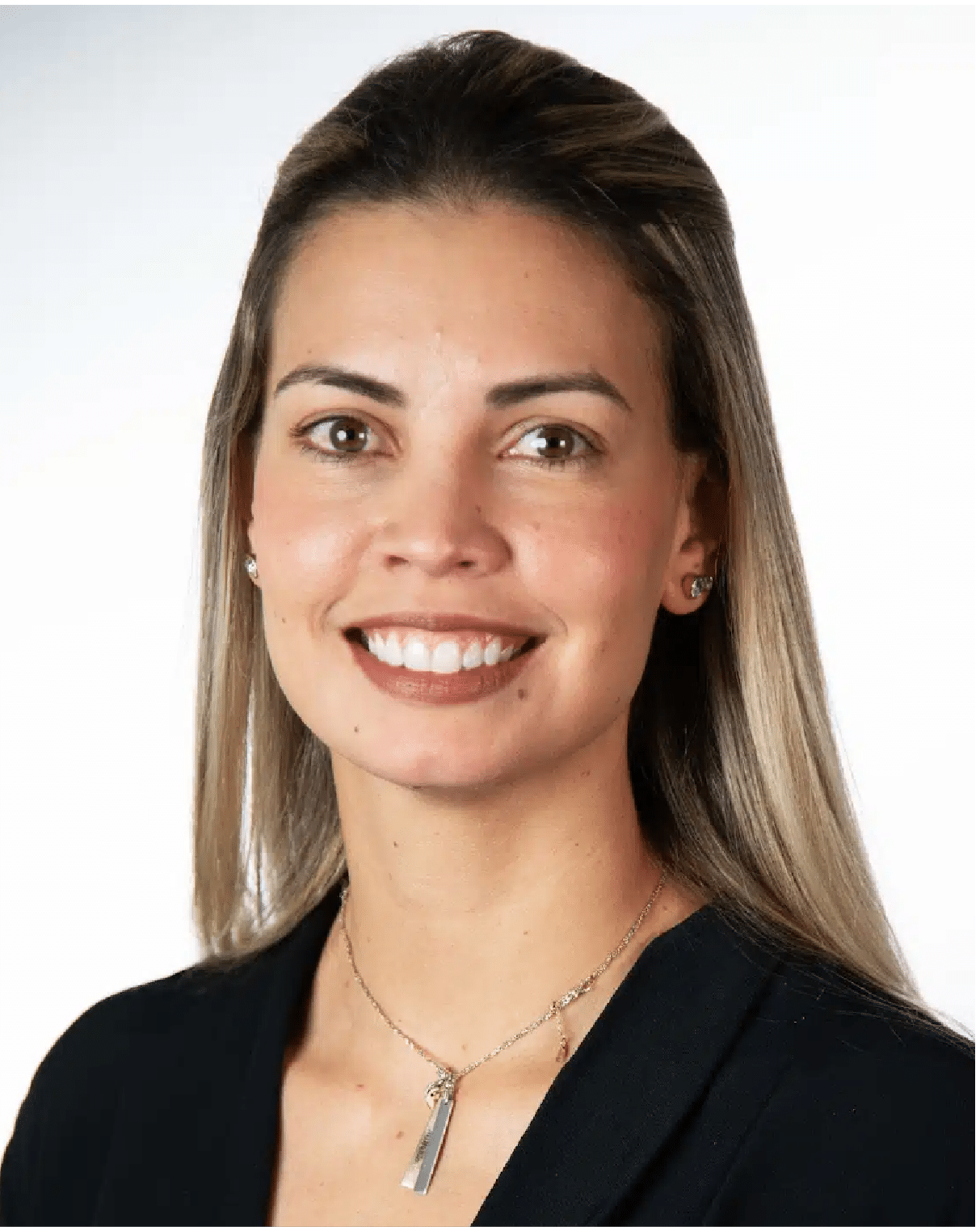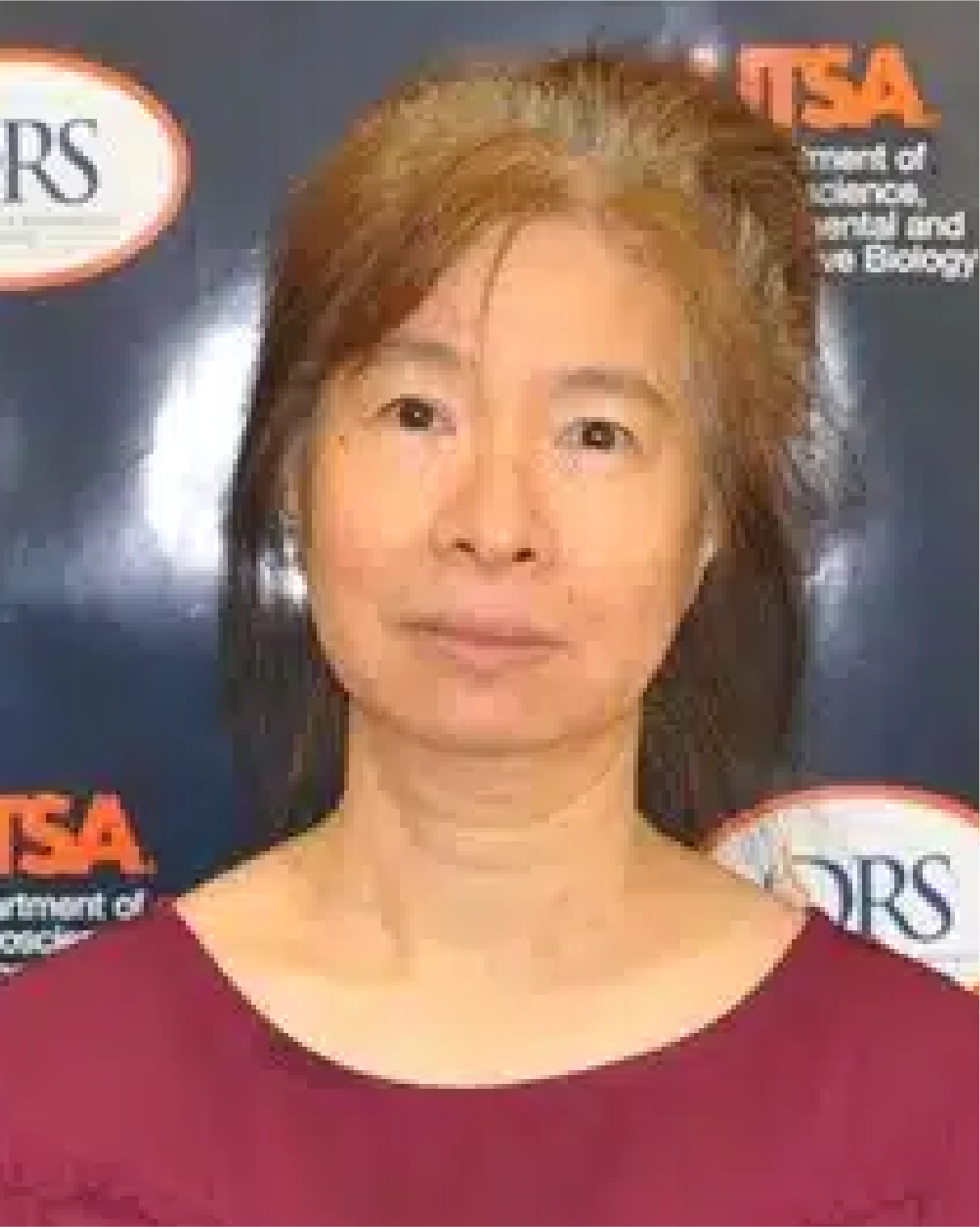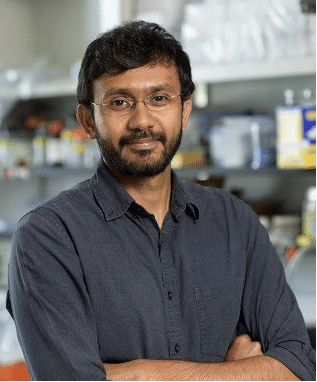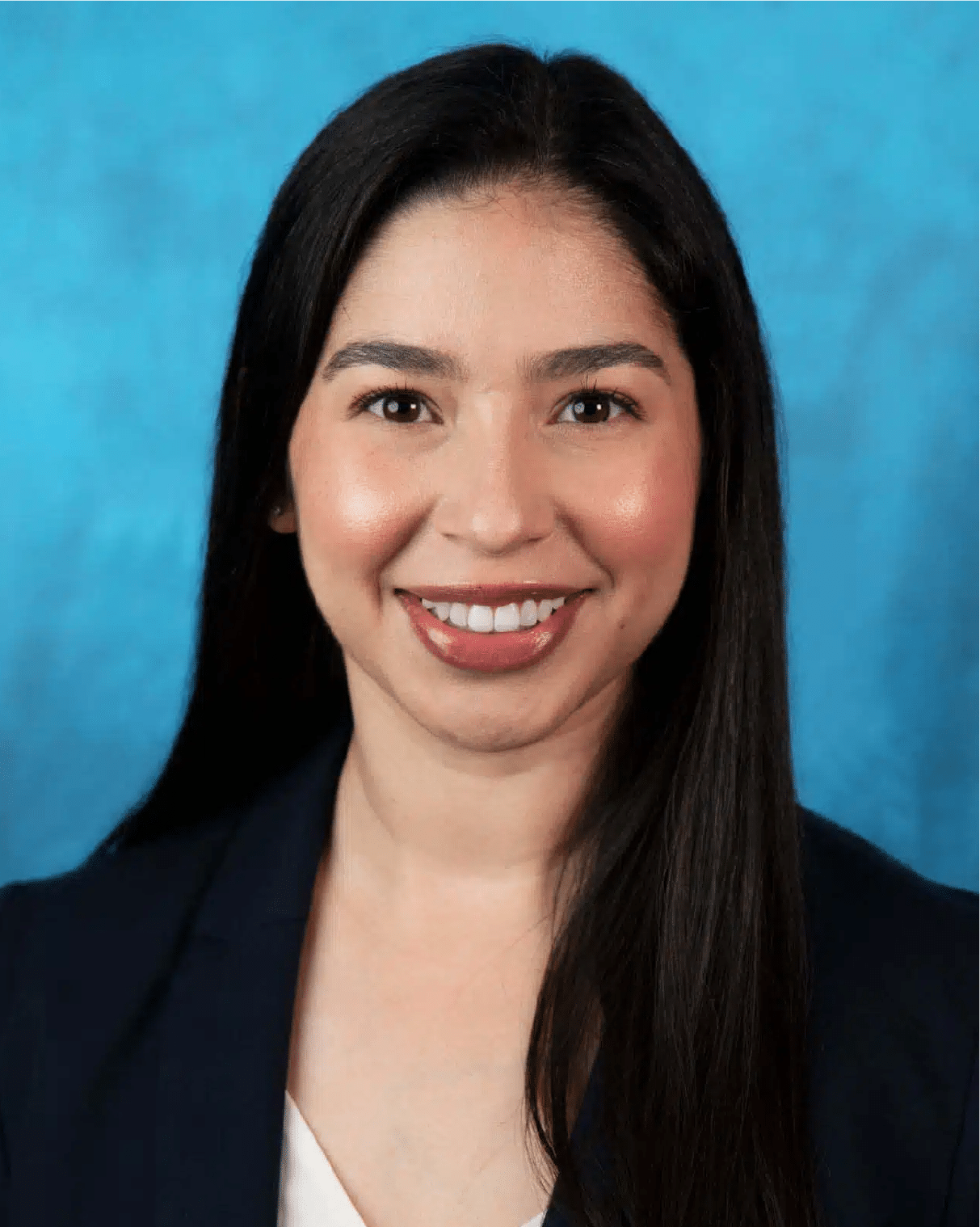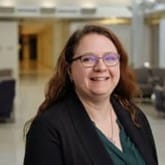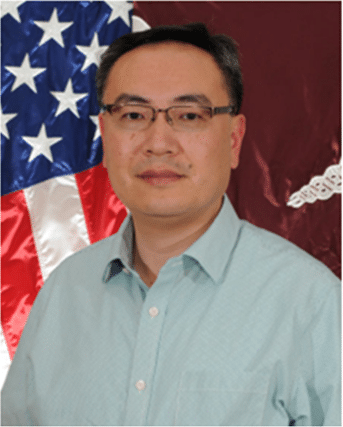DRS PhD Program Faculty
Core Faculty
Core Faculty in the DRS PhD program are those at the UTSA Main Campus in whose labs DRS students can pursue doctoral dissertation research.
Adjoint Faculty – Texas Biomedical Research Institute
Adjoint Faculty in the DRS PhD Program are those at institutions or installations other than the UTSA campus in whose labs DRS students can pursue doctoral dissertation research.
Adjoint Faculty – US Army Institute of Surgical Research & 59th Medical Wing

Kristin Reddoch-Cardenas, PhD
Adjoint Associate Professor

Alan J. Weaver, Jr., PhD
Adjoint Assistant Professor
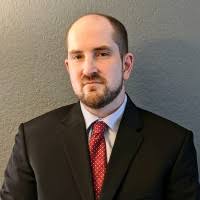
Jack Hutcheson, PhD
Adjoint Associate Professor
Affiliate Faculty
Affiliate Faculty in the DRS PhD program are those at the UTSA Main Campus who are not currently accepting dissertation students but who can serve on dissertation committees.





